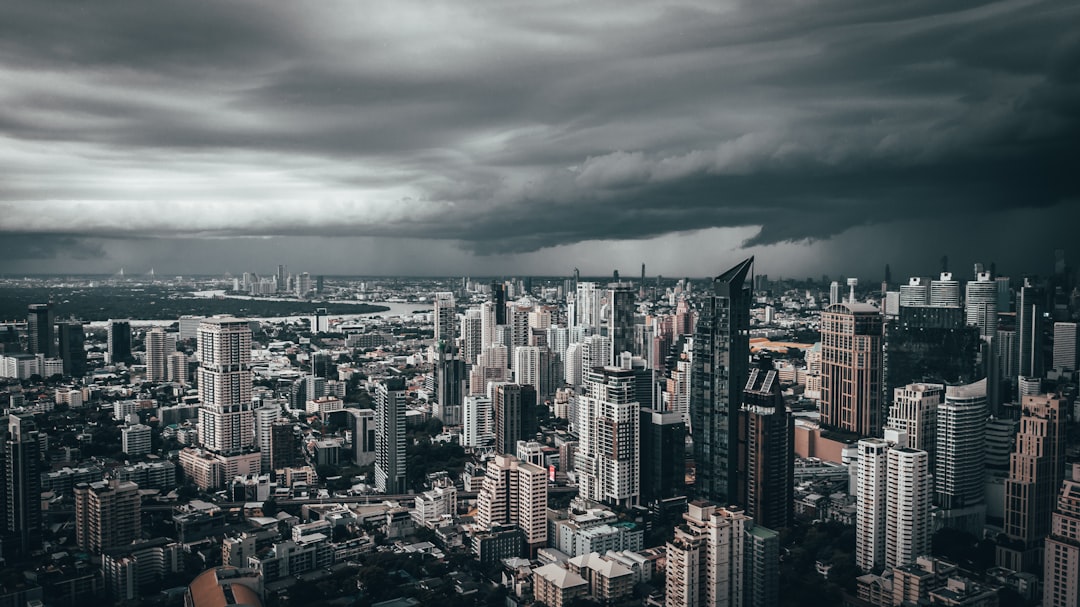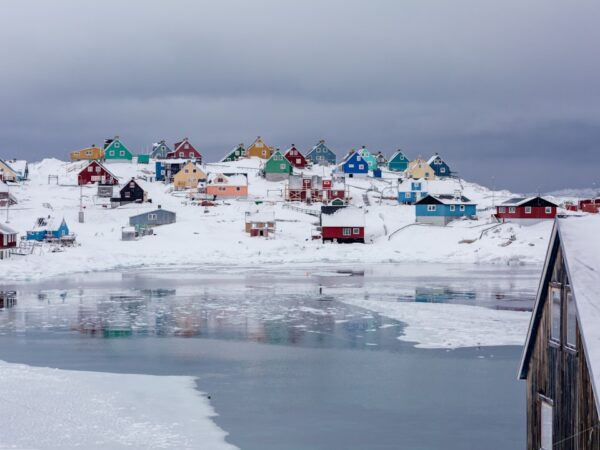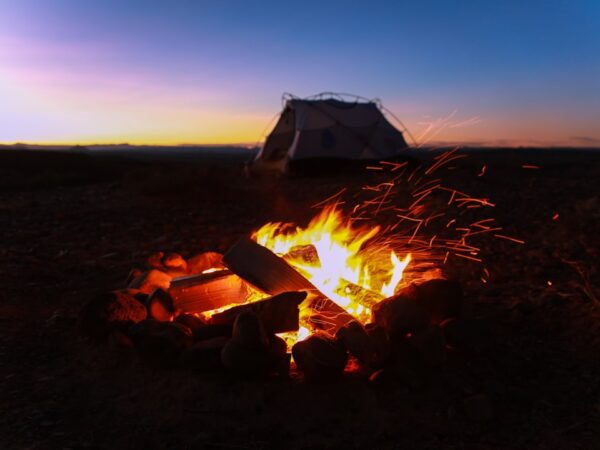
Thrilling Adventures: Whitewater Kayaking Remote Rivers
Whitewater kayaking is an exhilarating water sport that involves navigating through rapids and turbulent waters using a specialized kayak. It is a thrilling adventure that combines the excitement of paddling with the challenge of maneuvering through fast-moving currents. Whitewater kayaking can be enjoyed by people of all ages and skill levels, making it a popular activity for both beginners and experienced paddlers.
The history of whitewater kayaking dates back to the early 20th century when kayaks were first used for recreational purposes. Originally, kayaks were used by indigenous people for transportation and hunting in remote areas with rivers and lakes. Over time, kayaking evolved into a popular sport, with enthusiasts seeking out more challenging rivers and rapids to conquer.
Key Takeaways
- Whitewater kayaking is an exciting adventure that offers a thrilling challenge for outdoor enthusiasts.
- Exploring remote rivers is the ultimate challenge for kayakers, providing a unique opportunity to connect with nature and test their skills.
- Proper equipment and techniques are essential for safe and successful whitewater kayaking.
- Understanding river classifications is crucial for choosing the right challenge and avoiding dangerous situations.
- Safety should always be a top priority when preparing for a whitewater kayaking trip, including proper planning and emergency preparedness.
Exploring Remote Rivers: The Ultimate Challenge for Kayakers
One of the most exciting aspects of whitewater kayaking is the opportunity to explore remote rivers. These rivers are often located in pristine wilderness areas, far away from civilization. Navigating through these remote rivers presents the ultimate challenge for kayakers, as they must rely on their skills and instincts to navigate through unpredictable currents and obstacles.
Exploring remote rivers offers a unique sense of adventure and discovery. Paddlers have the opportunity to witness breathtaking natural landscapes, encounter wildlife, and experience a sense of solitude that is hard to find in our modern world. It is a chance to disconnect from technology and immerse oneself in the beauty and power of nature.
Some examples of remote rivers around the world include the Futaleufú River in Chile, the Franklin River in Tasmania, and the Tatshenshini River in Alaska. These rivers offer a variety of challenges, from Class II rapids suitable for beginners to Class V rapids that require advanced skills and experience.
The Basics of Whitewater Kayaking: Equipment and Techniques
Before embarking on a whitewater kayaking adventure, it is important to have the right equipment and knowledge of basic techniques. The essential equipment for whitewater kayaking includes a kayak, a paddle, a helmet, a personal flotation device (PFD), and appropriate clothing. It is also recommended to have a spray skirt to keep water out of the kayak.
Basic techniques for paddling and maneuvering include the forward stroke, the sweep stroke, and the draw stroke. The forward stroke is used for propelling the kayak forward, while the sweep stroke is used for turning. The draw stroke is used to move the kayak sideways. It is important to practice these techniques in calm water before attempting them in whitewater.
Staying balanced and avoiding capsizing is crucial in whitewater kayaking. It is important to maintain a low center of gravity and use your core muscles to stay stable. Leaning into turns and using your paddle as a brace can help you maintain balance. It is also important to be aware of your surroundings and anticipate changes in the current.
Understanding River Classifications: How to Choose the Right Challenge
| Classification | Description | Difficulty Level | Recommended Experience |
|---|---|---|---|
| Class I | Easy, small waves, clear channels | Beginner | No experience necessary |
| Class II | Straightforward rapids, wide channels | Novice | Some experience recommended |
| Class III | Waves up to 4 feet, narrow passages | Intermediate | Previous experience required |
| Class IV | Powerful rapids, turbulent water | Advanced | Extensive experience necessary |
| Class V | Extremely difficult, violent rapids | Expert | Years of experience required |
Rivers are classified based on their difficulty level, ranging from Class I (easy) to Class VI (extremely difficult and potentially dangerous). Understanding river classifications is essential for choosing the right challenge that matches your skill level and experience.
Class I rivers are characterized by gentle currents and few obstacles, making them suitable for beginners. Class II rivers have slightly faster currents and small waves, requiring basic paddling skills. Class III rivers have moderate rapids with larger waves and obstacles that require more advanced skills. Class IV rivers have powerful rapids with large waves and complex maneuvers that require expert skills. Class V rivers have extremely difficult rapids with large drops, strong currents, and dangerous obstacles that should only be attempted by highly skilled paddlers. Class VI rivers are considered unrunnable due to their extreme difficulty and danger.
To determine your skill level, it is important to be honest with yourself about your abilities and experience. It is recommended to start with easier rivers and gradually progress to more challenging ones as you gain confidence and skills. It is also important to paddle with a group or an experienced guide who can provide guidance and support.
Safety Tips for Whitewater Kayaking: Preparing for the Unexpected
Safety is of utmost importance in whitewater kayaking, as it involves navigating through unpredictable and potentially dangerous waters. It is essential to be prepared for the unexpected and take necessary precautions to ensure a safe and enjoyable experience.
One of the most important safety measures is wearing a personal flotation device (PFD) at all times. A PFD provides buoyancy and helps keep you afloat in case of capsizing or falling into the water. It is also important to wear a helmet to protect your head from potential injuries caused by rocks or other obstacles.
In addition to wearing appropriate safety gear, it is important to be aware of your surroundings and anticipate potential hazards. This includes scouting rapids before running them, looking out for rocks or other obstacles in the water, and being prepared for changes in the current or weather conditions.
It is also recommended to paddle with a group or an experienced guide who can provide guidance and support. Paddling with others not only enhances safety but also allows for a more enjoyable and social experience. It is important to communicate with your group and establish hand signals or verbal cues to ensure effective communication on the water.
Top Destinations for Remote River Kayaking: From Alaska to Patagonia
There are numerous destinations around the world that offer incredible opportunities for remote river kayaking. These destinations are known for their pristine wilderness, breathtaking landscapes, and challenging whitewater.
One of the top destinations for remote river kayaking is Alaska. With its vast wilderness and numerous rivers, Alaska offers endless opportunities for paddlers to explore remote and untouched landscapes. The Tatshenshini River, located in the heart of the Alaskan wilderness, is a popular choice for kayakers looking for a challenging and rewarding adventure.
Another top destination for remote river kayaking is Patagonia, located in the southern region of South America. Patagonia is known for its rugged beauty and untouched wilderness, making it a paradise for outdoor enthusiasts. The Futaleufú River, located in Chilean Patagonia, is famous for its turquoise waters and challenging rapids, attracting kayakers from around the world.
Other notable destinations for remote river kayaking include the Franklin River in Tasmania, the Zambezi River in Africa, and the Colorado River in the United States. Each destination offers its own unique challenges and rewards, making them worth exploring for avid kayakers.
The Thrill of the Rapids: Navigating Whitewater Challenges
Rapids are one of the most thrilling aspects of whitewater kayaking. They are sections of a river where the water flows faster and creates waves and turbulence. Navigating through rapids requires skill, agility, and quick thinking.
There are different types of rapids, each with its own challenges. Wave rapids are characterized by large standing waves that can be surfed or punched through. Hole rapids have recirculating water that can trap a kayak if not navigated properly. Drop rapids have steep drops that require precise maneuvering to avoid capsizing. It is important to understand the characteristics of each type of rapid and adjust your technique accordingly.
To navigate rapids successfully, it is important to read the water and anticipate changes in the current. This includes identifying eddies (calm areas behind rocks or obstacles), avoiding strainers (obstacles that can trap a kayak), and using eddy lines (the boundary between fast-moving water and calm water) to your advantage.
Staying safe and having fun in rapids requires a combination of skill, experience, and confidence. It is important to practice your paddling techniques in calm water before attempting rapids. It is also recommended to paddle with a group or an experienced guide who can provide guidance and support.
Wildlife Encounters on Remote River Kayaking Trips: Bears, Eagles and More
One of the unique aspects of remote river kayaking is the opportunity to encounter wildlife in their natural habitat. From bears to eagles, these encounters can be both thrilling and awe-inspiring. However, it is important to approach wildlife with caution and respect to ensure both your safety and the well-being of the animals.
Common wildlife encounters on remote river kayaking trips include bears, eagles, otters, and various species of fish. Bears are often attracted to rivers for fishing opportunities and can be seen along the riverbanks or swimming in the water. Eagles are known for their majestic presence and can be spotted soaring above the river or perched on trees.
To stay safe around wildlife, it is important to keep a safe distance and avoid approaching or feeding them. It is also important to store food securely to prevent attracting animals to your campsite. Respecting their natural habitat and observing from a distance allows for a more authentic and ethical wildlife encounter.
Multi-Day Kayaking Expeditions: Camping and Surviving in the Wilderness
Multi-day kayaking expeditions offer a unique opportunity to immerse oneself in the wilderness and experience the true essence of remote river kayaking. These expeditions require careful planning, preparation, and knowledge of camping and survival skills.
When embarking on a multi-day kayaking expedition, it is important to pack essential camping gear such as a tent, sleeping bag, cooking equipment, and food. It is also important to pack lightweight and compact gear to minimize the weight and bulkiness of your kayak.
Surviving in the wilderness requires knowledge of basic survival skills such as building a fire, purifying water, and navigating with a map and compass. It is also important to be prepared for changes in weather conditions and have appropriate clothing and gear to stay warm and dry.
Safety is paramount on multi-day kayaking expeditions. It is important to inform someone of your itinerary and expected return date. It is also recommended to paddle with a group or an experienced guide who can provide guidance and support. Being prepared for emergencies and having a first aid kit on hand is also essential.
The Rewards of Whitewater Kayaking: Overcoming Fears and Achieving Goals
Whitewater kayaking offers a multitude of personal benefits that go beyond the thrill and excitement of the sport. It is an adventure that challenges both the body and the mind, pushing individuals to overcome fears, develop new skills, and achieve personal goals.
One of the most rewarding aspects of whitewater kayaking is the sense of accomplishment that comes from conquering challenging rapids and navigating through turbulent waters. It requires focus, determination, and perseverance, which can help build confidence and self-esteem.
Whitewater kayaking also provides an opportunity to connect with nature on a deeper level. Paddling through remote rivers allows for a unique perspective of the natural world, offering a sense of awe and appreciation for its beauty and power. It is a chance to disconnect from the stresses of everyday life and find solace in the simplicity of nature.
In addition to the physical and mental benefits, whitewater kayaking also fosters a sense of community and camaraderie among paddlers. Sharing experiences, learning from others, and supporting each other on the water creates lasting friendships and memories.
In conclusion, whitewater kayaking is a thrilling adventure that combines the excitement of paddling with the challenge of navigating through rapids. Exploring remote rivers offers the ultimate challenge for kayakers, providing an opportunity to connect with nature and push personal limits. Understanding the basics of whitewater kayaking, including equipment and techniques, is essential for a safe and enjoyable experience. Choosing the right challenge based on river classifications and skill level is crucial. Safety should always be a priority, and being prepared for the unexpected is key. Top destinations for remote river kayaking offer unique experiences and breathtaking landscapes. Navigating rapids requires skill and knowledge, while wildlife encounters should be approached with caution and respect. Multi-day kayaking expeditions require careful planning and survival skills. The rewards of whitewater kayaking go beyond the thrill, helping individuals overcome fears and achieve personal goals.
FAQs
What is whitewater kayaking?
Whitewater kayaking is a water sport that involves paddling a kayak on a moving body of water, typically a river, with rapids and other obstacles.
What are remote rivers?
Remote rivers are rivers that are located in isolated areas, away from civilization and often difficult to access.
What are the risks involved in whitewater kayaking down remote rivers?
The risks involved in whitewater kayaking down remote rivers include drowning, hypothermia, injury from rocks and other obstacles, and getting lost or stranded.
What equipment is needed for whitewater kayaking down remote rivers?
Equipment needed for whitewater kayaking down remote rivers includes a kayak, paddle, helmet, personal flotation device, wetsuit or drysuit, and appropriate footwear.
What skills are required for whitewater kayaking down remote rivers?
Skills required for whitewater kayaking down remote rivers include strong paddling skills, the ability to read and navigate rapids, and knowledge of rescue techniques.
What are some popular remote rivers for whitewater kayaking?
Some popular remote rivers for whitewater kayaking include the Futaleufu River in Chile, the Zambezi River in Africa, and the Tatshenshini River in Alaska and Canada.
What are some environmental concerns related to whitewater kayaking down remote rivers?
Environmental concerns related to whitewater kayaking down remote rivers include damage to river ecosystems, disturbance of wildlife, and pollution from human waste and equipment. It is important for kayakers to practice Leave No Trace principles and minimize their impact on the environment.


















